In recent years, we’ve witnessed an alarming increase in natural disasters across the globe. From devastating hurricanes and wildfires to severe floods and earthquakes, the frequency and intensity of these events have raised significant concerns.
Natural Disasters Now Compared to Before
Many are left wondering why there seem to be more natural disasters now compared to before. In this blog post, we’ll delve into the factors contributing to this unsettling trend and explore the implications for our planet and its inhabitants.
Natural disasters are more common now than before
Climate Change: The Overarching Crime
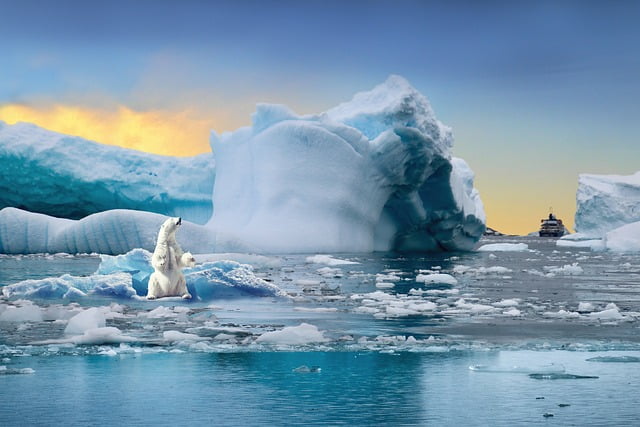
One of the primary drivers behind the surge in natural disasters is unequivocally climate change. The Earth’s climate is undergoing unprecedented shifts due to human activities, primarily the emission of greenhouse gases like carbon dioxide and methane.
Read More: The Remarkable Gifts Rainforests Bestow upon Humanity
Rising Temperatures and Heatwaves

Climate change is causing global temperatures to rise, leading to more frequent and prolonged heatwaves. These scorching conditions can dry out vegetation, increase the risk of wildfires, and exacerbate droughts.
Intensified Hurricanes and Cyclones
Warmer ocean temperatures provide more energy for hurricanes and cyclones to form and intensify. This results in more destructive storms with heavier rainfall and stronger winds.
Read More: Therapy in Nature: 8 Mental Health Benefits of Nature Exposure
Changing Rainfall Patterns
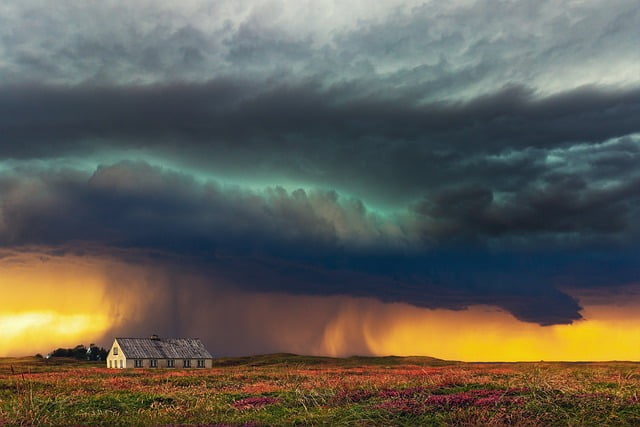
Altered climate patterns are causing shifts in rainfall distribution, leading to both droughts and excessive rainfall in different regions. This imbalance contributes to a higher likelihood of floods and landslides.
Deforestation and Urbanization
The expansion of urban areas and deforestation are additional factors that contribute to the increase in natural disasters.
Read More: Effect Of Climate Change On Earth
Deforestation’s Impact on Flooding
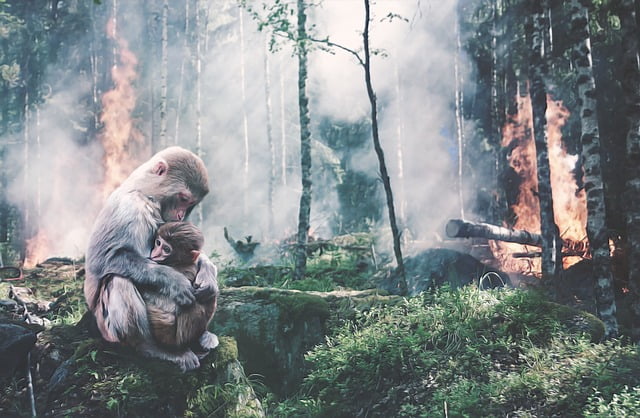
Deforestation reduces the Earth’s capacity to absorb rainwater, leading to increased surface runoff and a higher risk of flooding. This effect is particularly evident in regions where forests have been cleared for agriculture or development.
Urbanization and Vulnerability
Rapid urbanization places more people and infrastructure in harm’s way. As cities grow, they often encroach upon floodplains and coastlines, leaving them susceptible to flooding and storm surges.
Land-Use Practices
Agricultural Practices
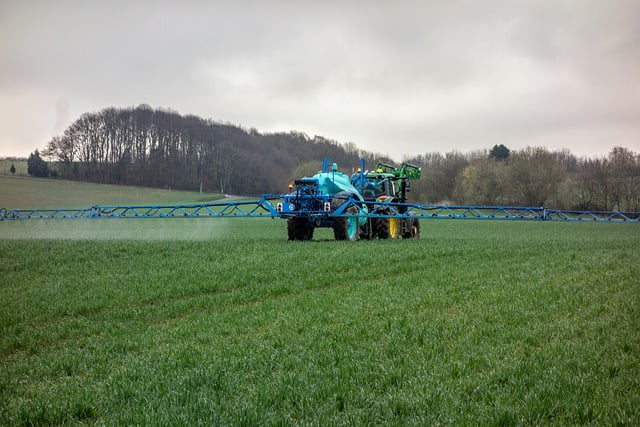
Unsustainable agricultural practices, such as monoculture farming and excessive use of fertilizers and pesticides, can degrade soil quality and contribute to erosion, which in turn leads to landslides and reduced resilience against extreme weather events.
Read More: Top 10 Fastest-Growing Trees in India
Earthquake Activity
Tectonic Plate Movements
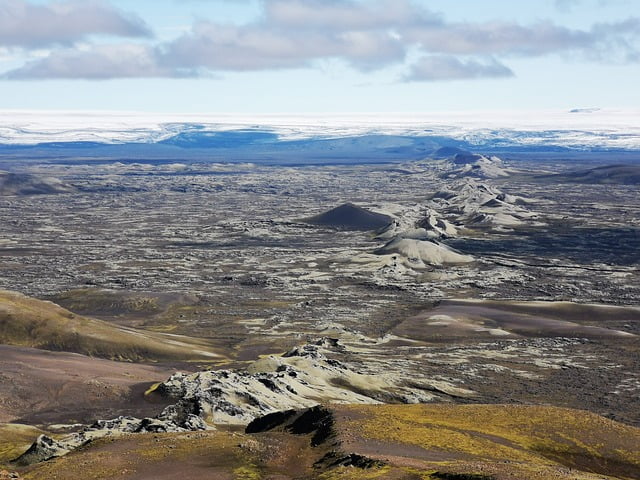
While earthquakes are primarily driven by tectonic plate movements, human activities like mining and reservoir-induced seismicity can induce or exacerbate seismic events.
Implications and Call to Action
The surge in natural disasters is a stark reminder of the urgent need for global action to combat climate change and promote sustainable practices. Addressing this complex issue requires a multifaceted approach:
Read More: 8 Transformative Ways to Infuse Positive Effects into Our Lives
Reducing Greenhouse Gas Emissions
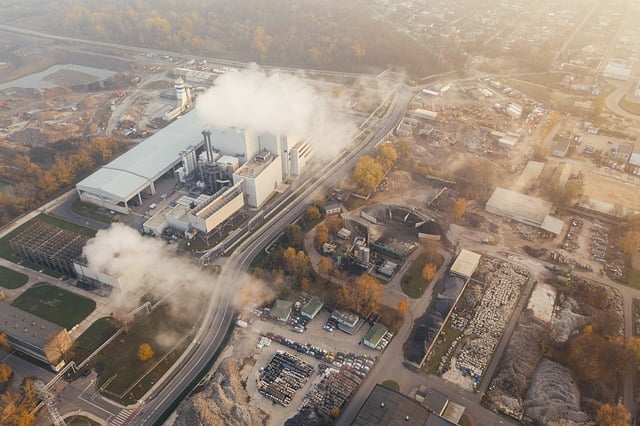
Governments, industries, and individuals must work together to reduce emissions through clean energy transitions, improved transportation, and increased energy efficiency.
Conservation and Reforestation
Protecting and restoring natural ecosystems, including forests and wetlands, can help mitigate the impacts of climate change and reduce the risk of disasters.
Resilience and Preparedness

Communities must invest in disaster preparedness and infrastructure that can withstand extreme events. Early warning systems and disaster response plans are crucial.
Read More: 5 Elements of Nature and Their Relation With the Human Body
International Cooperation
Collaboration at the global level is essential to address the root causes of climate change and coordinate disaster response efforts.
Conclusion
The rise in natural disasters is a complex issue with far-reaching implications for both human and environmental well-being. While natural variability plays a role in these events, human activities, particularly the emission of greenhouse gases, are the dominant drivers behind the increasing frequency and severity of disasters.
Addressing this issue requires a collective effort to combat climate change, protect natural ecosystems, and build resilient communities. Only through proactive measures and global cooperation can we hope to mitigate the impact of natural disasters and secure a safer future for generations to come.
